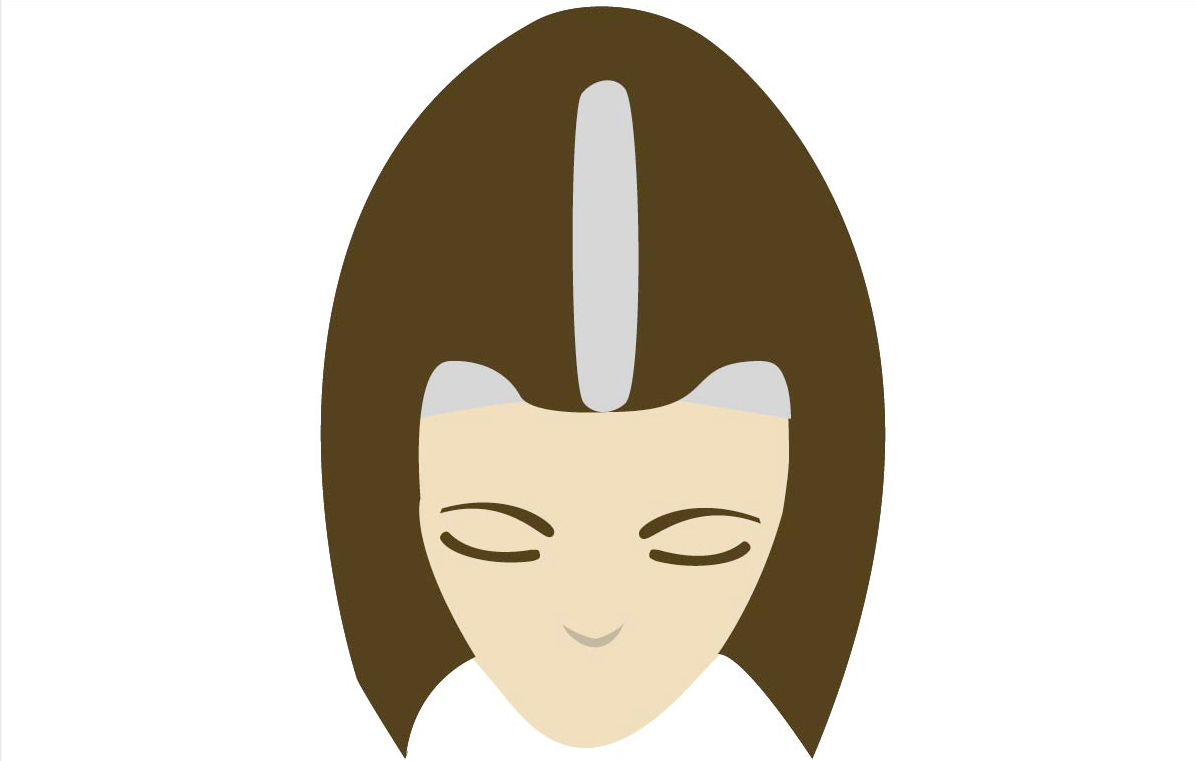FEMALE PATTERN BALDNESS
Unfortunately, it is widely believed that hair loss affects only men.
Female pattern baldness currently affects a small percentage of women between 20 and 30 years of age, and 30% of women between 40 and 60 years of age.
Hair loss in women can be absolutely devastating, since their self-esteem, as well as their emotional well-being, suffer.
The main causes of female pattern baldness are: genetic predisposition (inherited), as well as a variation on female hormone levels, and/or high levels of masculine hormones (high androgens), and in some cases, age.
Female pattern baldness is characterized mainly by the fact that it starts with scattered hair loss on the side, front, and crown, keeping the hairline, but with thinned or missing hair. Women do not reach full baldness; instead, their hair keeps getting thinner and shorter, making it easier for their scalp to show through.
Existen hoy en día tratamientos para la perdida del cabello que han probado científicamente ser eficaces y estimular el crecimiento del pelo. Los hay de aplicación directa, también conocidos como tratamientos tópicos para la calvicie y los tratamientos orales.
OTHER CAUSES THAT MAY TRIGGER HAIR LOSS IN WOMAN
– Physical Stress: Surgeries, pregnancies, or sudden weight loss.
– Emotional Stress: Psychological or mental illness.
– Medication: Cancer treatments, anti-coagulants, anti-depressants, high-blood pressure treatments, birth control pills, or high doses of vitamin A.
– Toxicity: Accidental poisoning with rodenticides.
– Diets: Extremely-low protein diet, iron and B-complex vitamin deficiency.
– Illness: High fevers, severe infections, and chronic illnesses.
– Childbirth: Significant hair loss may occur within 3 or 4 months after childbirth.
– Menopause and its climacteric phase.
– Spot Boldness: Bald spots the size of a coin, or bigger, which may appear and disappear every so often.
– Thyroid diseases: A hyperactive or underactive thyroid.
– Mycosis: Fungal infection of the scalp, which may cause small lesions from skin sloughing and scarring of affected follicles, causing scarring alopecia.
– Traction: Pulling hair for creating certain hairstyles and damaging the hair follicle.
Because of lack of information, 90 % of women who suffer from female pattern baldness to try to fight it on their own, leading to serious frustration. Hair loss in women is caused by several different factors; therefore, it is important to have it diagnosed by trained specialists who understand hair conditions.
Hair transplant is an effective measure in some cases of female pattern baldness. At Gardel Hair Restoration Institute, we specialize on the best hair transplant techniques for those patients whose diagnosis makes them good candidates.
LUDWIG SCALE
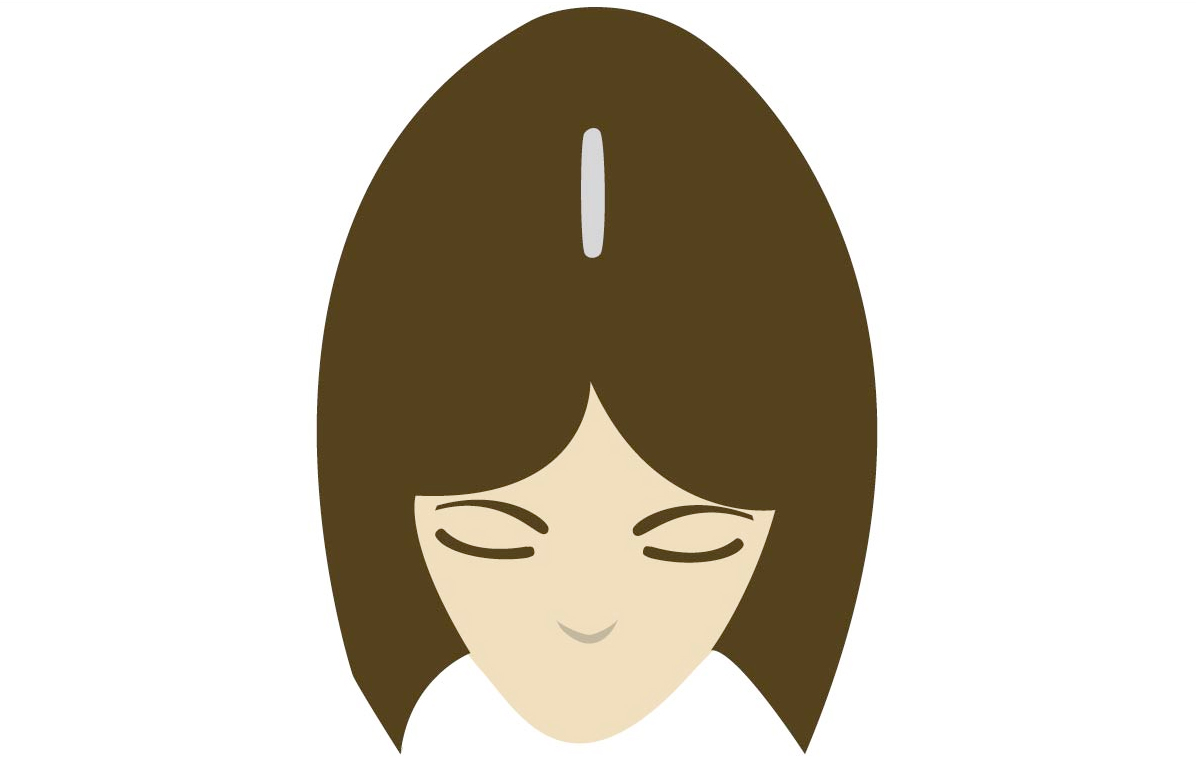
Ludwig I-1

Ludwig I-2
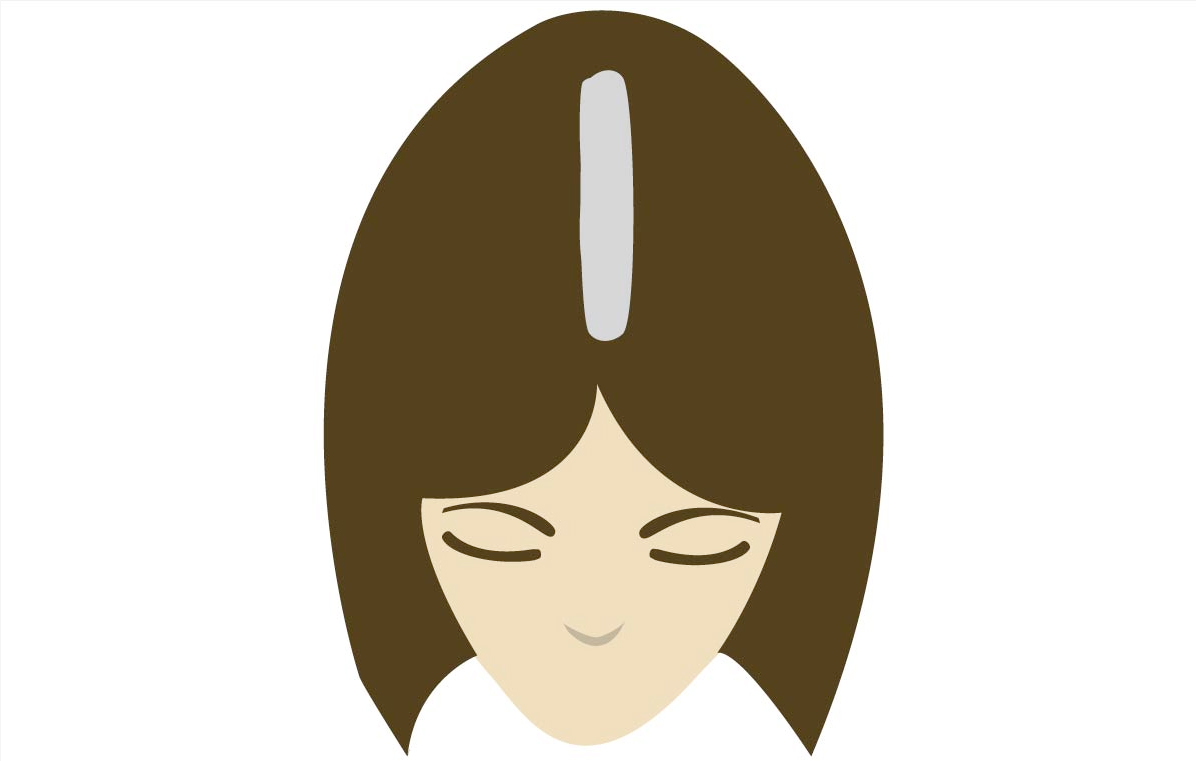
Ludwig I-3

Ludwig I-4
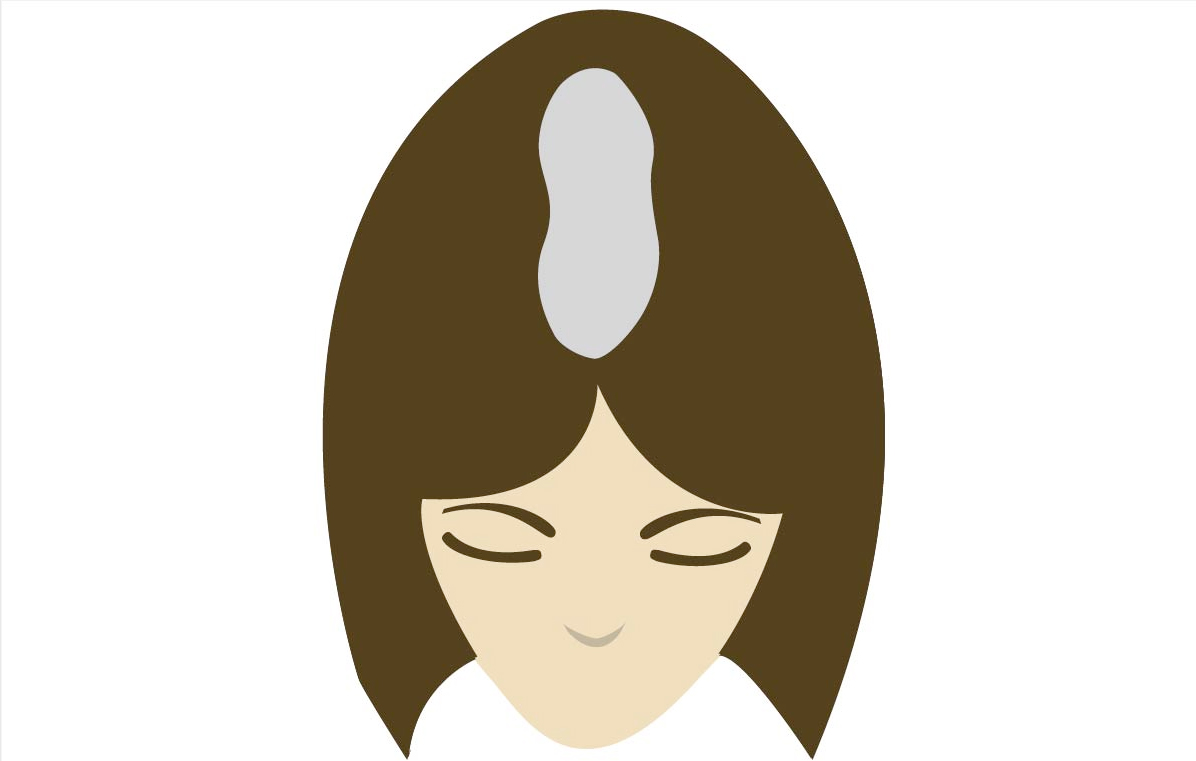
Ludwig II-1
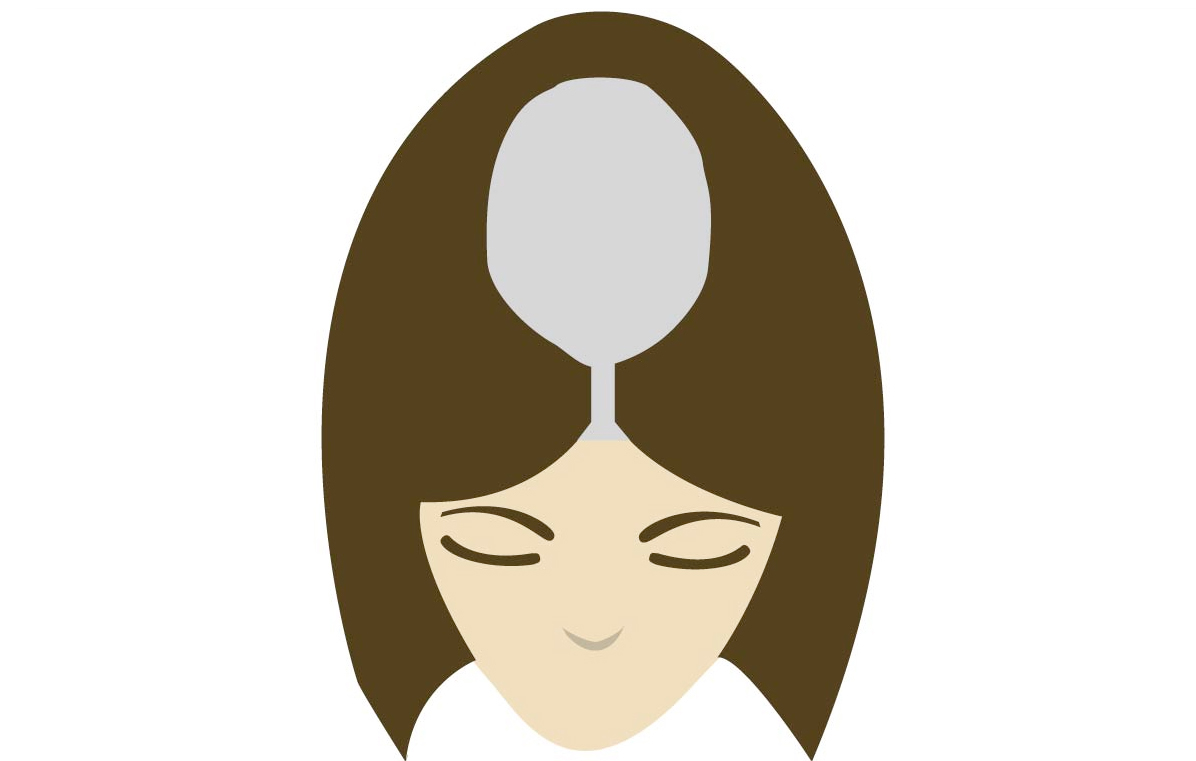
Ludwig II-2
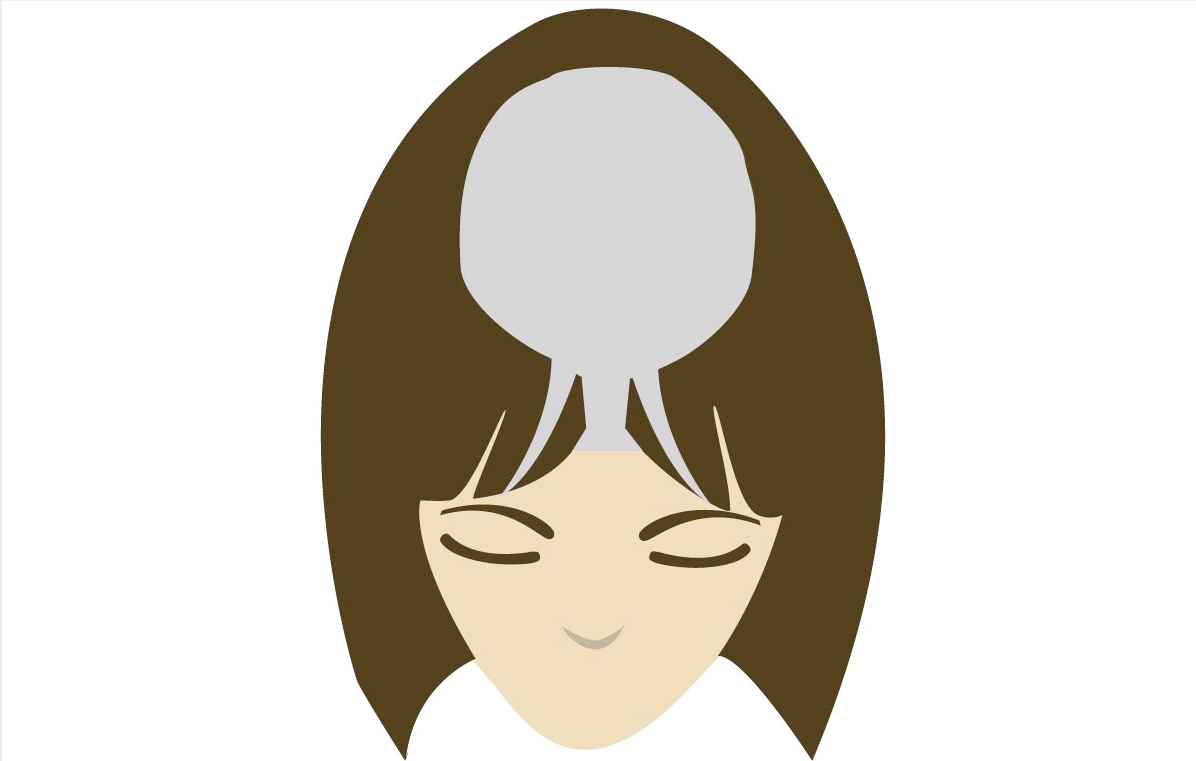
Ludwig III
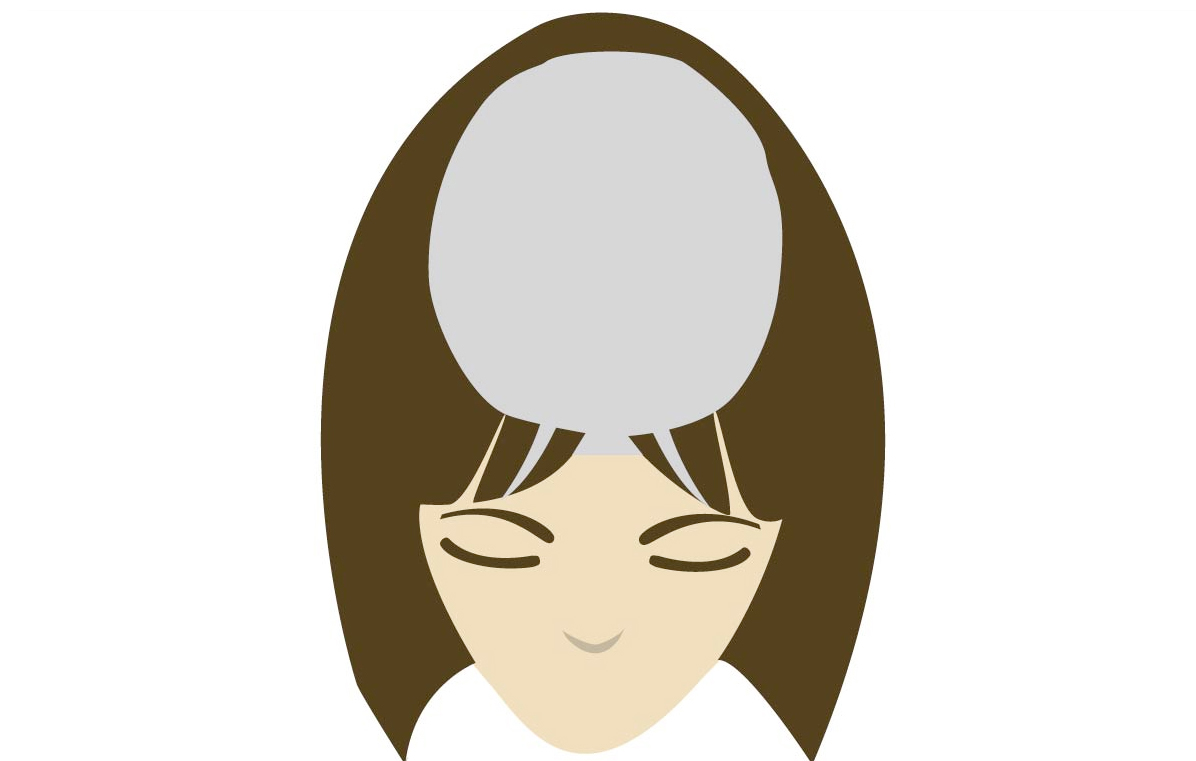
Ludwig Avanzado
